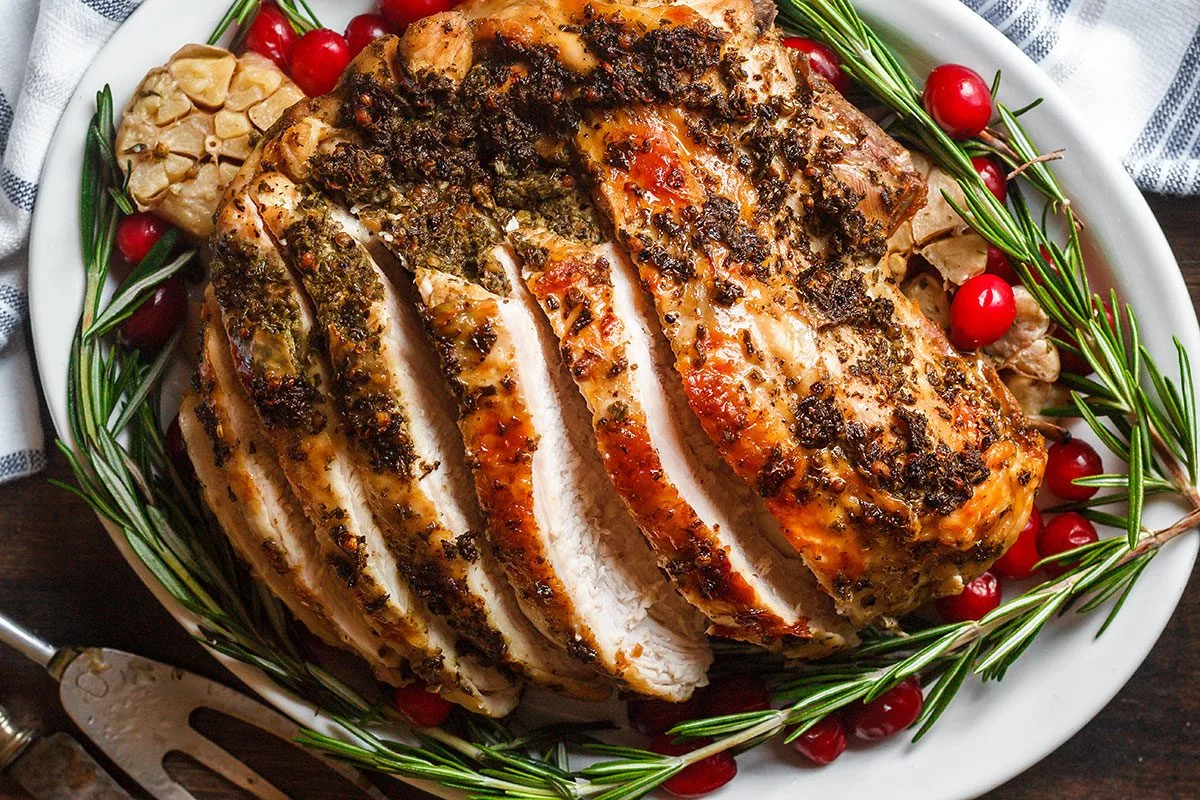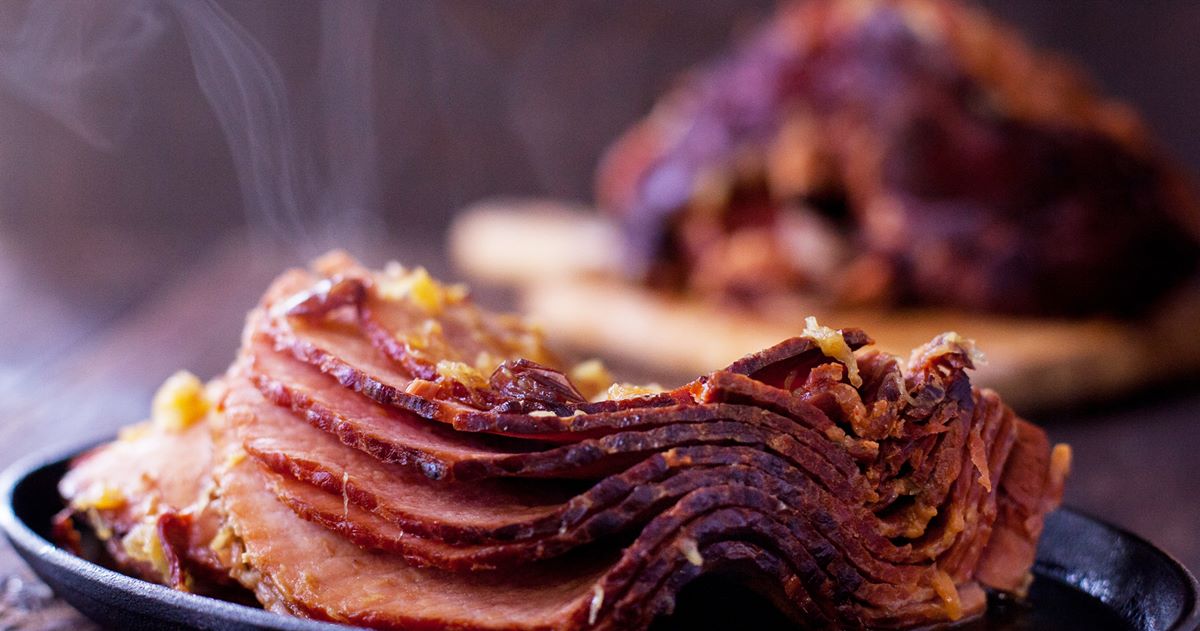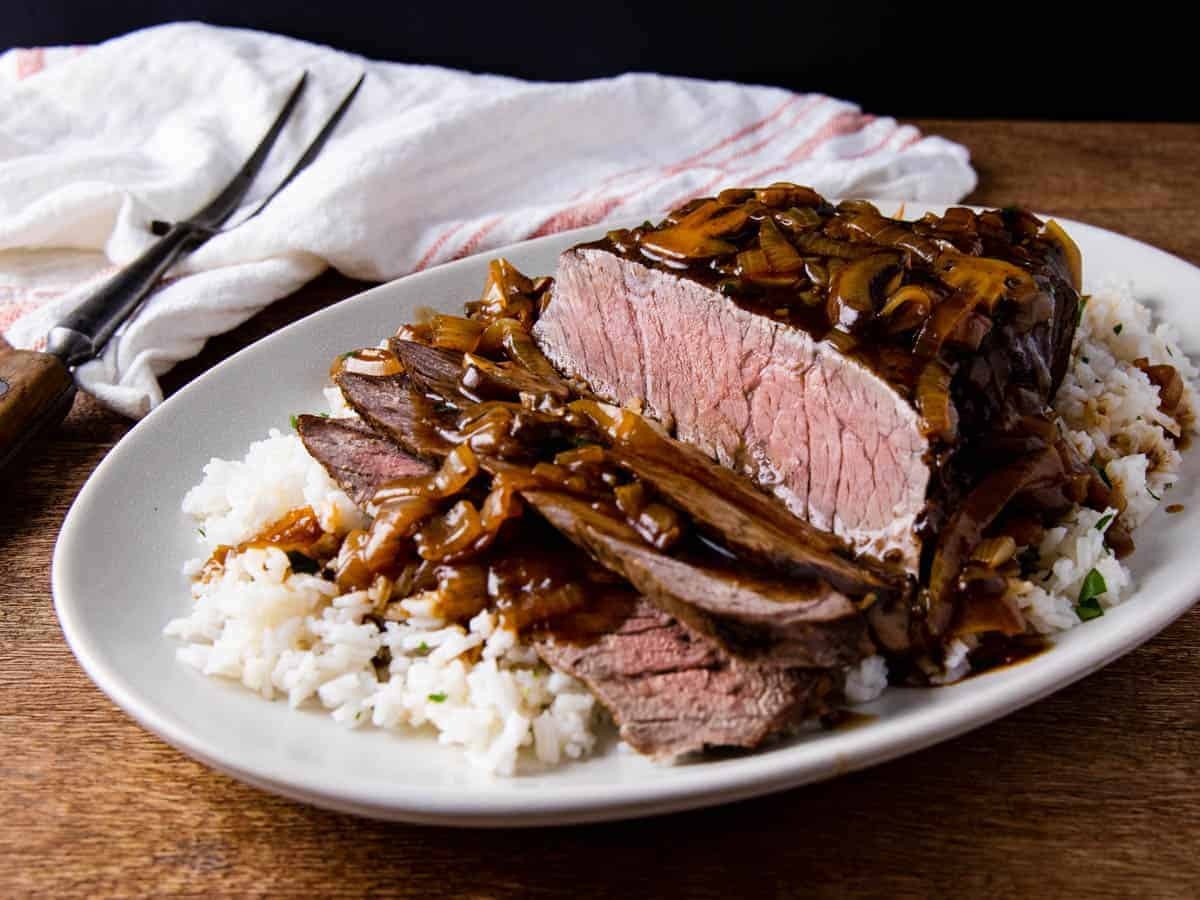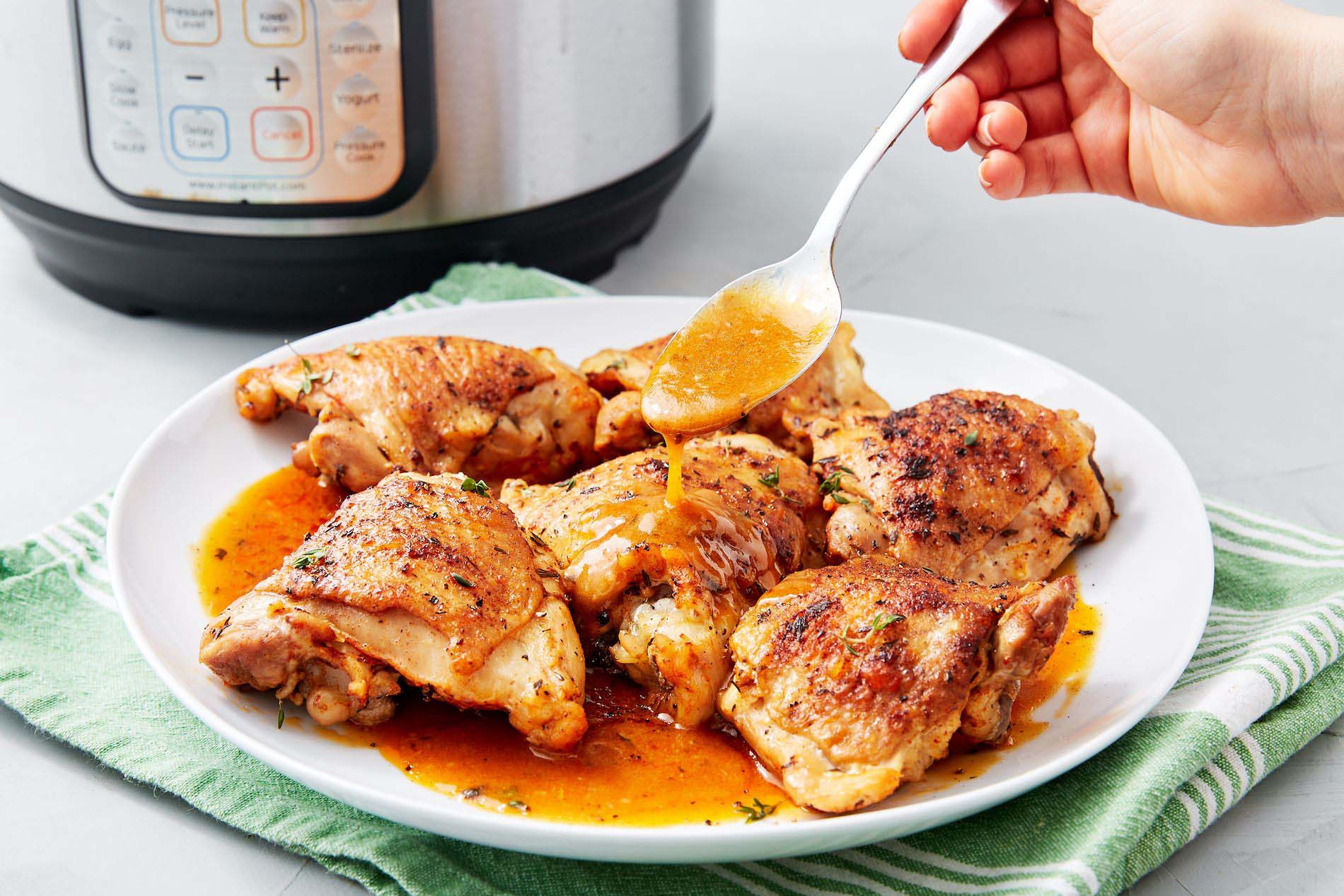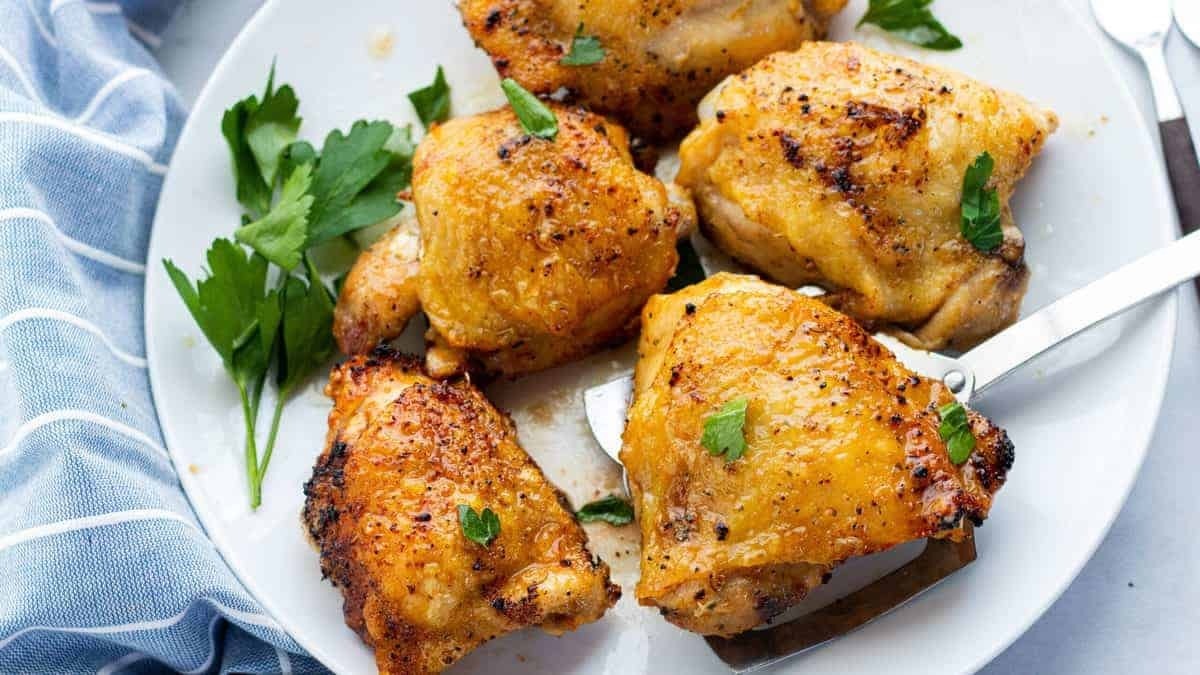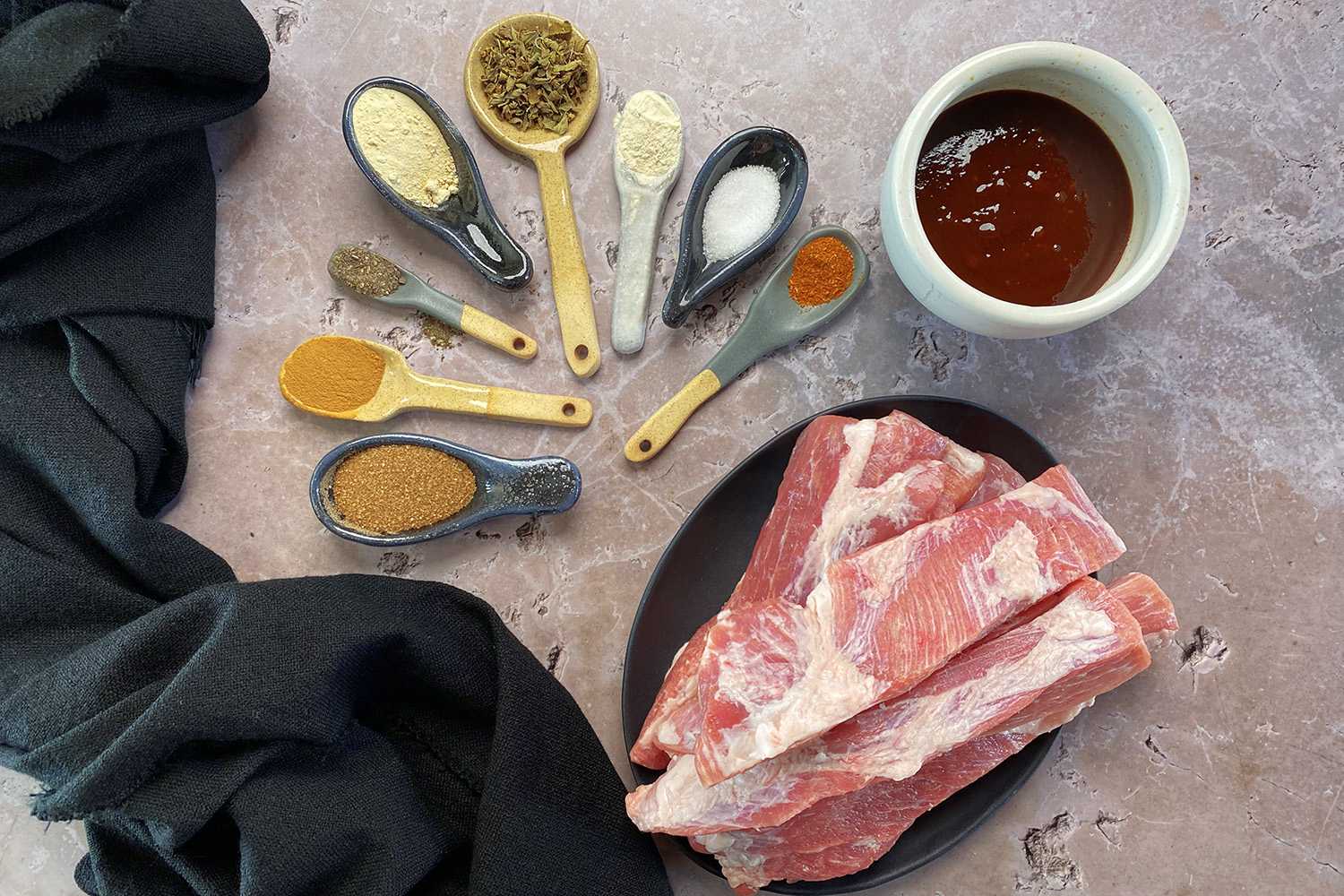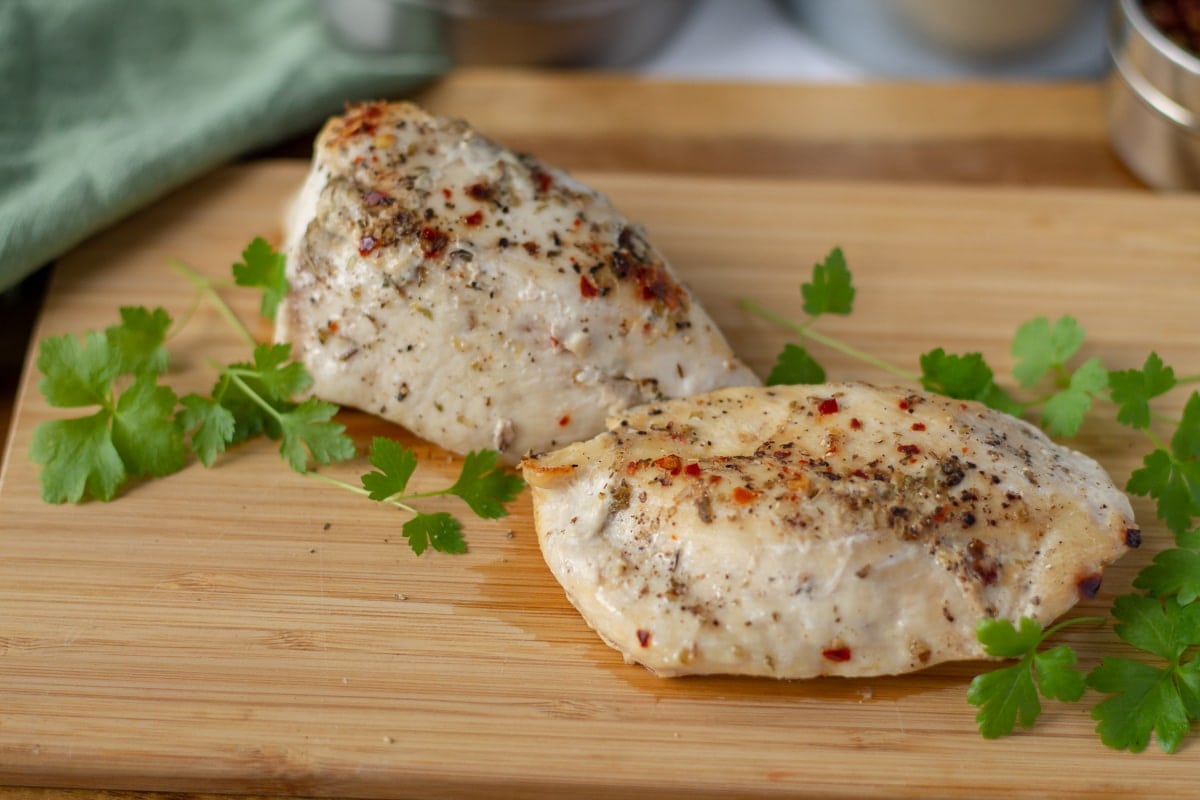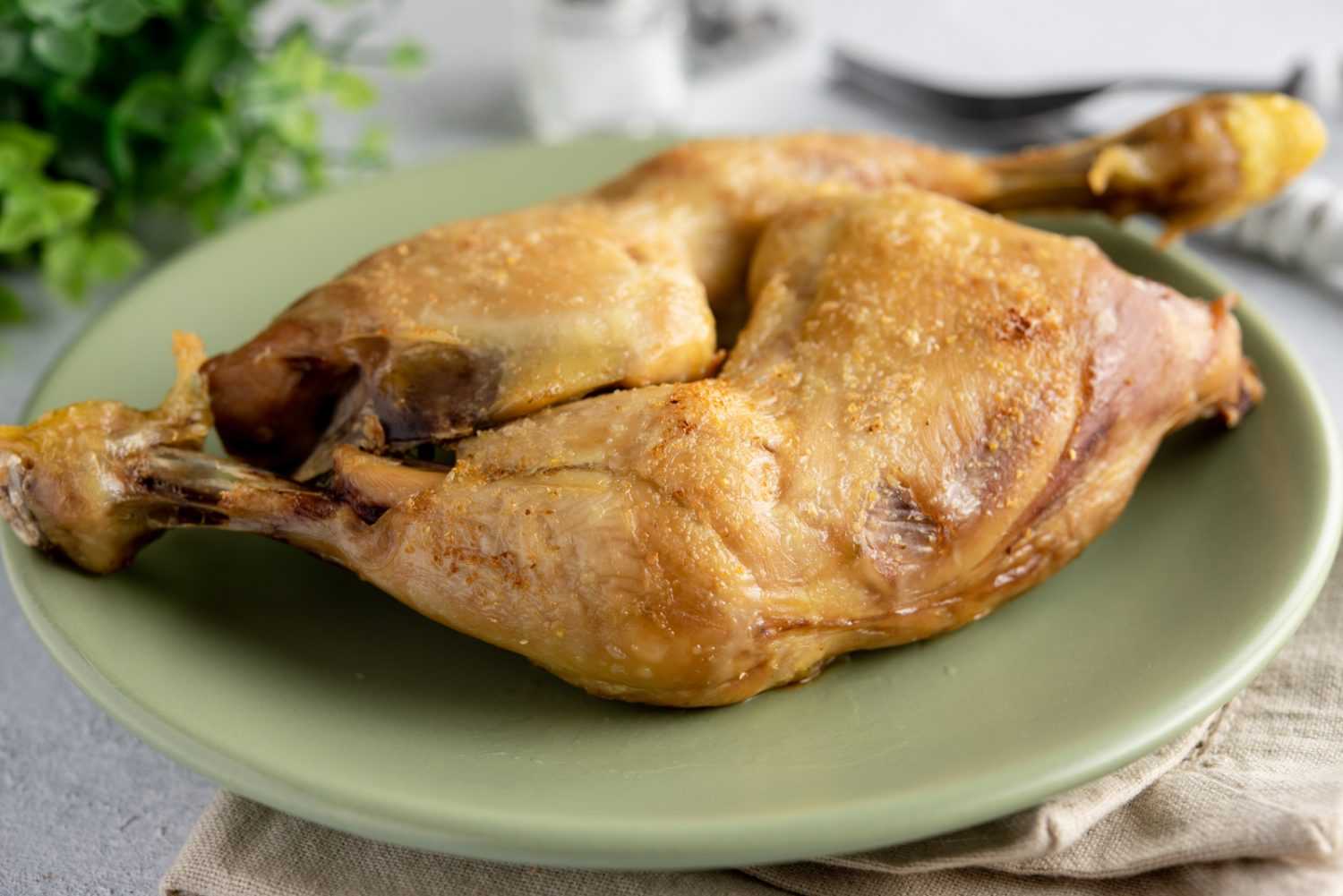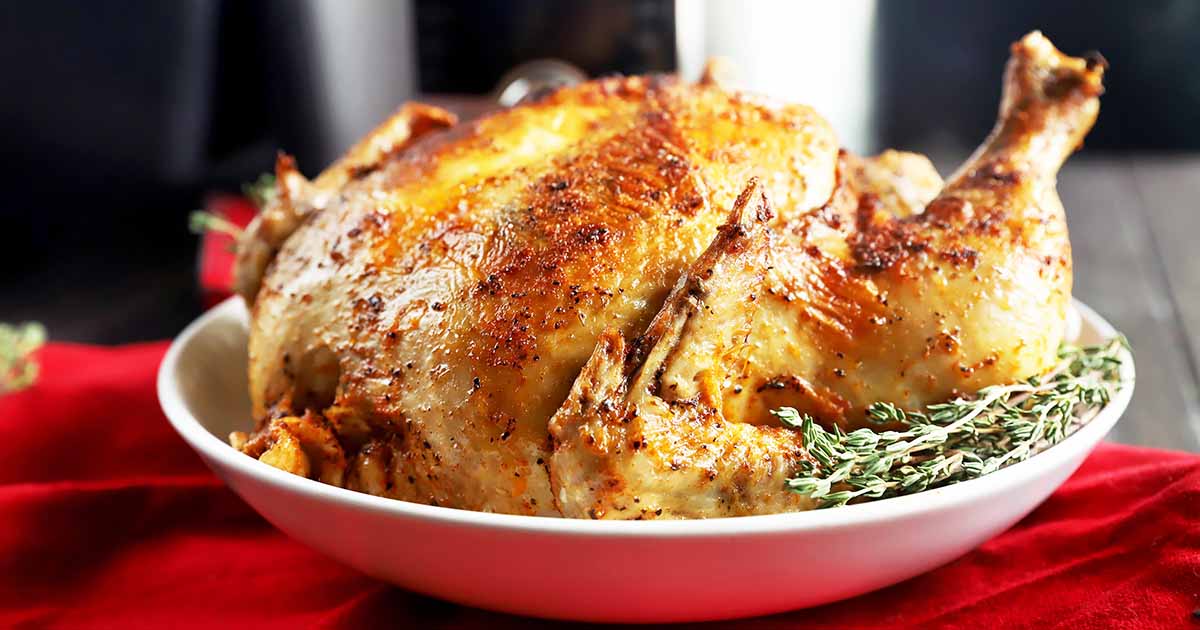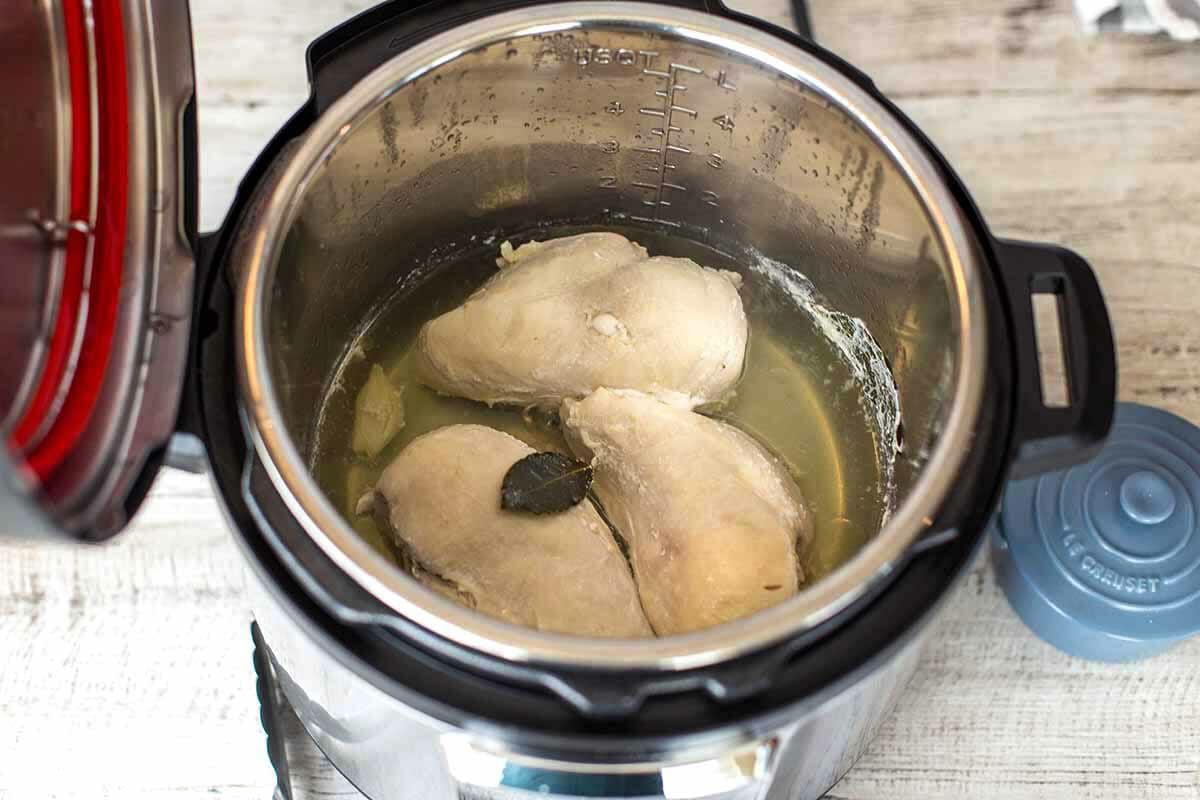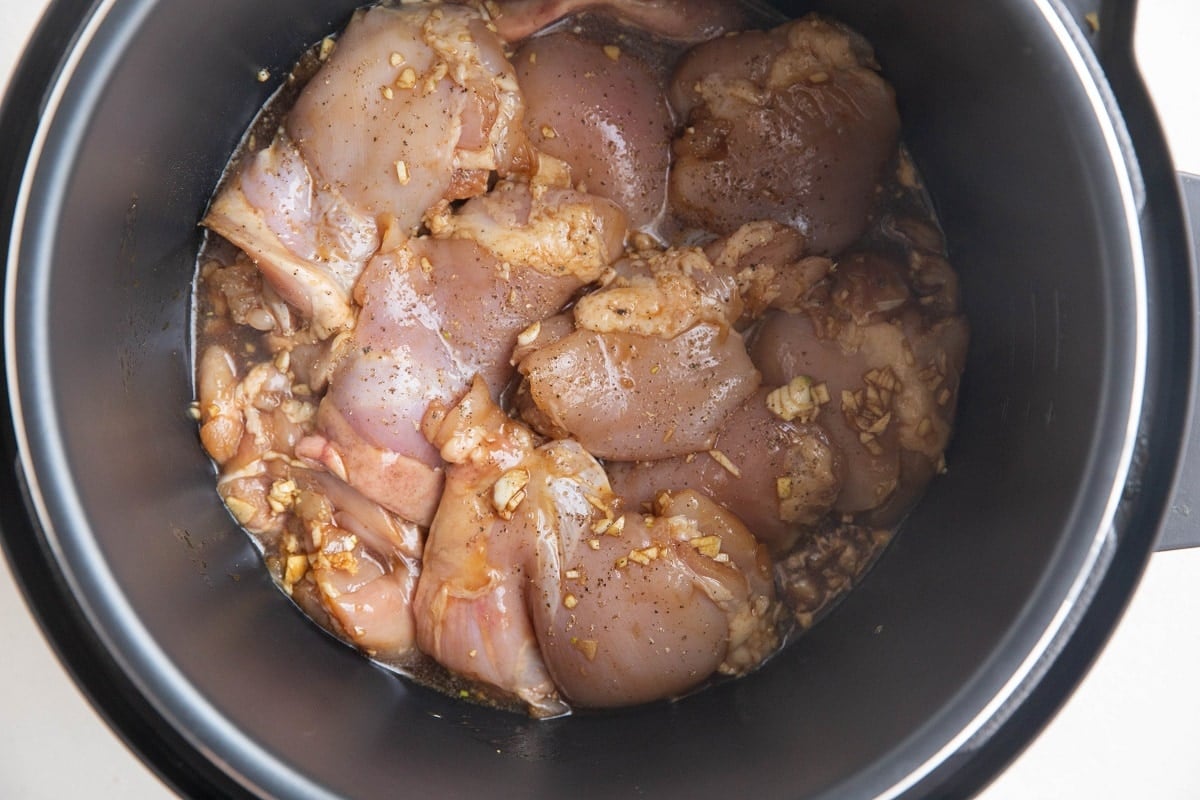Broiling Boneless Chicken in a Pressure Cooker: A Quick and Easy Method
When it comes to cooking boneless chicken, the pressure cooker is a versatile and efficient tool. Not only can it cook food quickly, but it also helps to retain the natural flavors and juices of the chicken. In this article, we will explore the simple steps to broil boneless chicken in a pressure cooker, allowing you to enjoy a delicious and healthy meal in no time.
Ingredients:
- 4 boneless chicken breasts
- 1 tablespoon olive oil
- Salt and pepper to taste
- 1 teaspoon garlic powder
- 1 teaspoon paprika
- 1/2 teaspoon dried thyme
- 1/2 teaspoon dried oregano
Instructions:
- Prepare the Chicken: Start by seasoning the chicken breasts with salt, pepper, garlic powder, paprika, thyme, and oregano. Make sure to coat the chicken evenly with the seasoning.
- Preheat the Pressure Cooker: Turn on the pressure cooker and select the "broil" or "saute" setting. Add the olive oil to the cooker and allow it to heat up.
- Broil the Chicken: Once the pressure cooker is hot, carefully add the seasoned chicken breasts. Sear the chicken for 2-3 minutes on each side, or until they develop a golden-brown crust.
- Pressure Cook the Chicken: After broiling the chicken, switch the pressure cooker to the "pressure cook" setting. Close the lid and set the timer for 8 minutes. Allow the pressure to release naturally for 5 minutes before using the quick-release method.
- Check the Internal Temperature: Use a meat thermometer to ensure that the chicken has reached an internal temperature of 165°F (74°C). If needed, you can return the chicken to the pressure cooker for additional cooking time.
- Serve and Enjoy: Once the chicken is fully cooked, transfer it to a serving platter and let it rest for a few minutes. Slice the chicken and serve it with your favorite sides or use it in salads, sandwiches, or wraps.
Broiling boneless chicken in a pressure cooker is a convenient and time-saving method that yields tender and flavorful results. Whether you’re preparing a quick weeknight dinner or meal prepping for the week, this cooking technique is sure to become a go-to in your kitchen. Experiment with different seasonings and sauces to customize the flavor of the chicken to your liking. With a pressure cooker, delicious and healthy meals are just minutes away!
